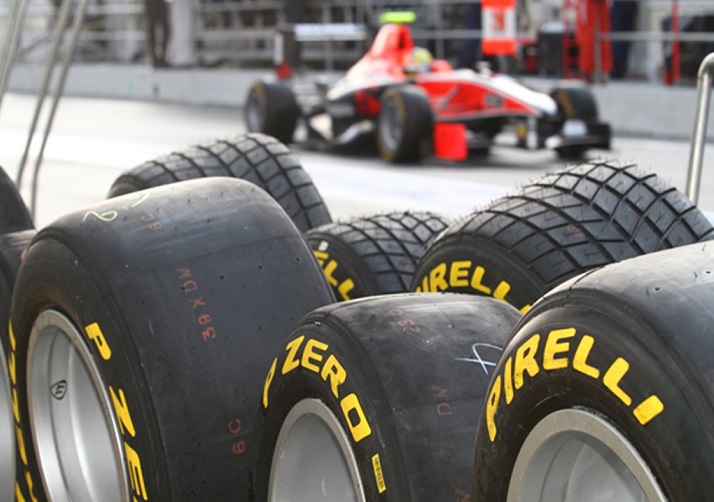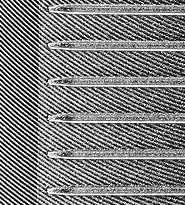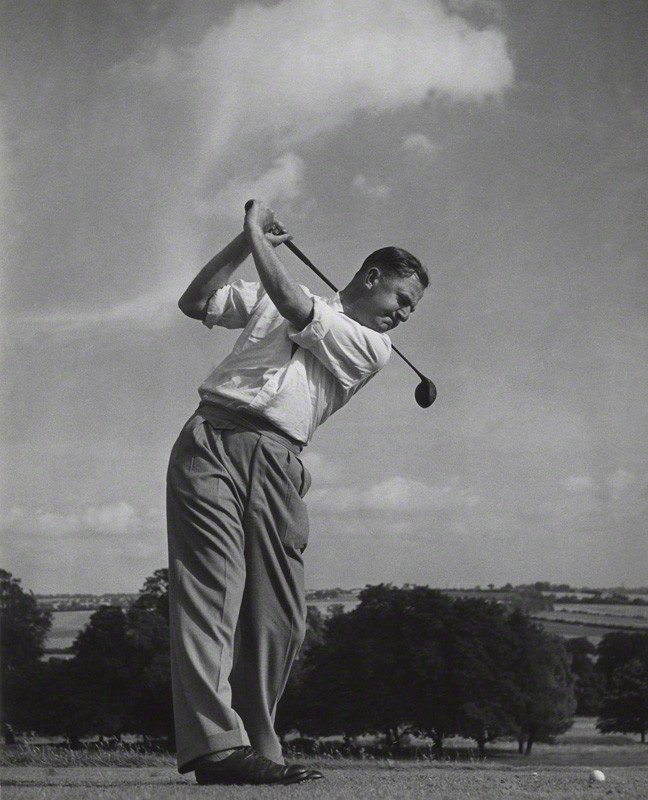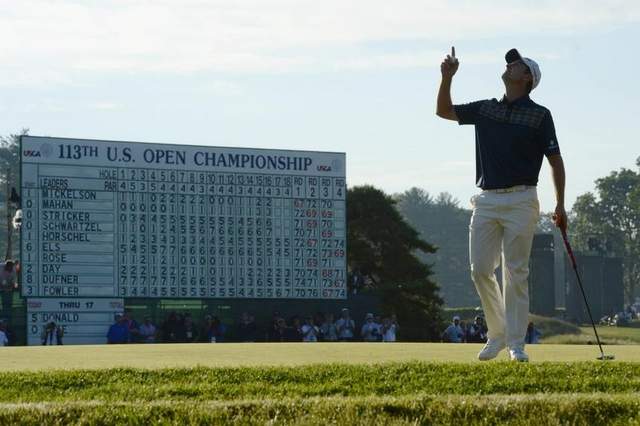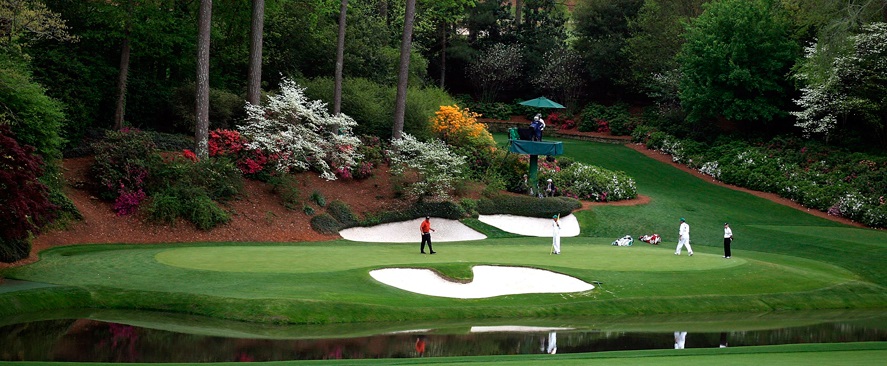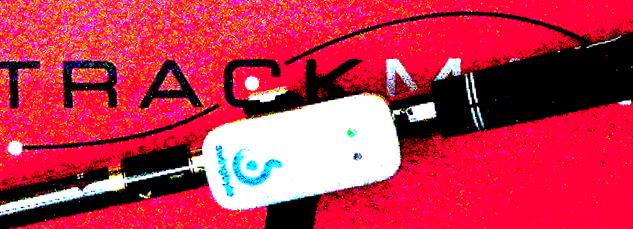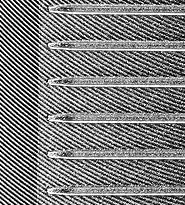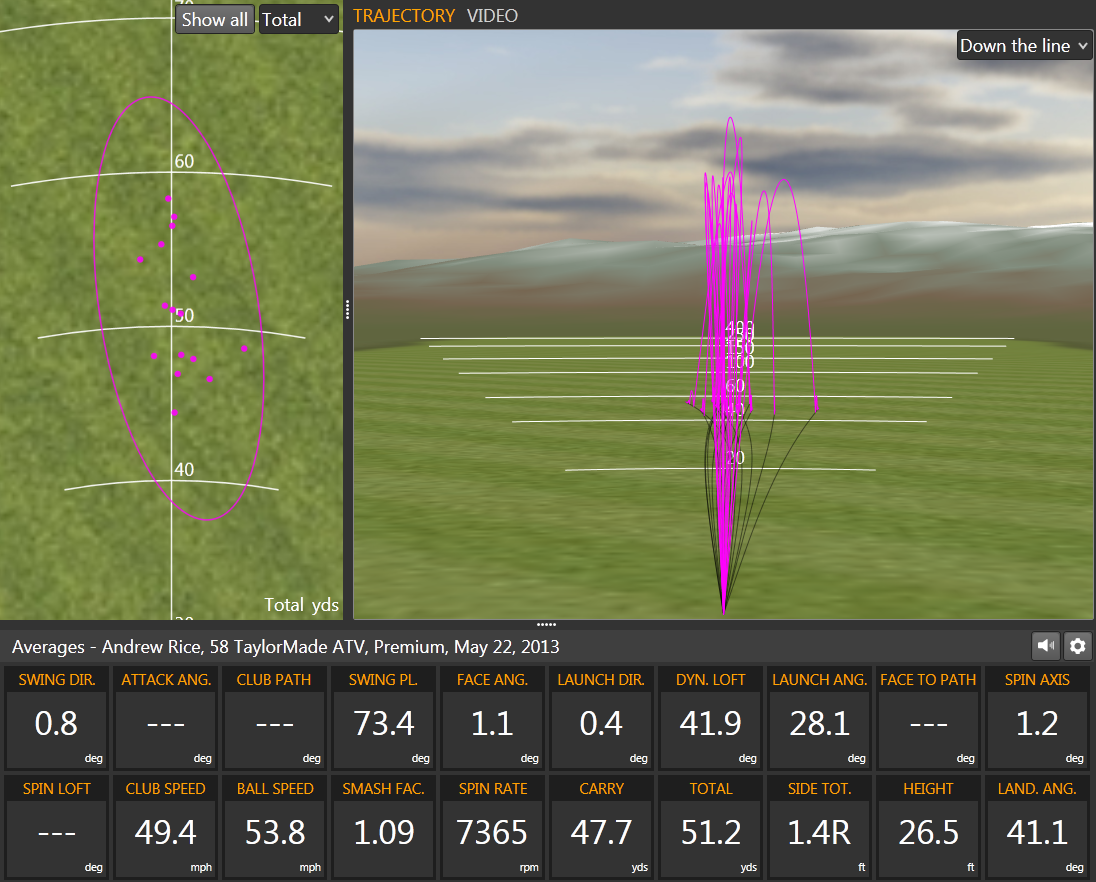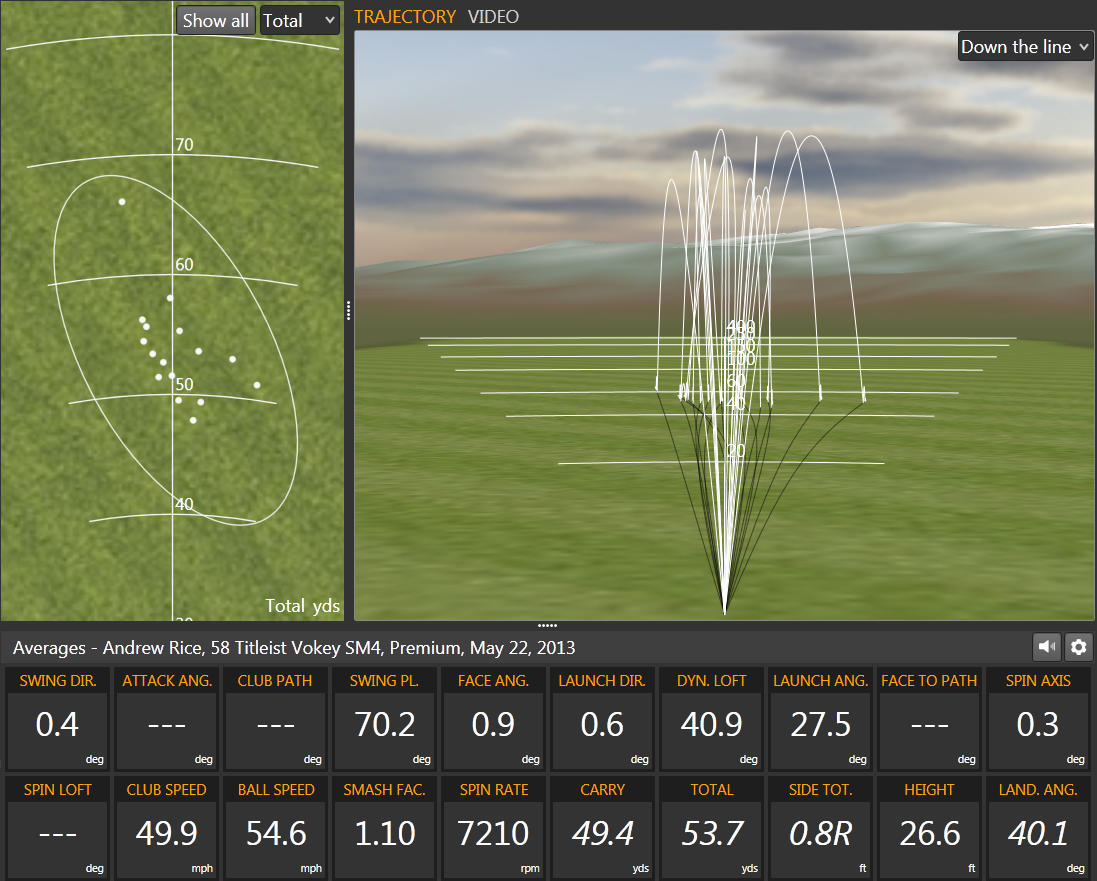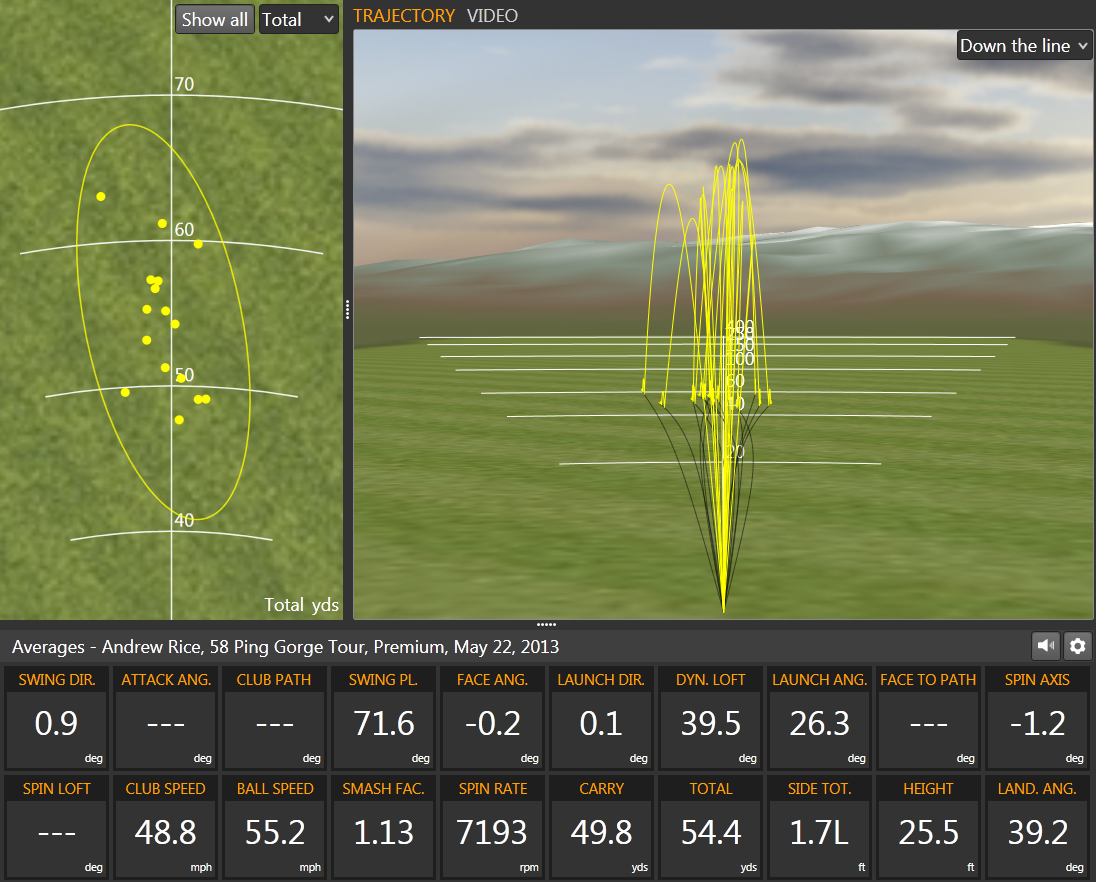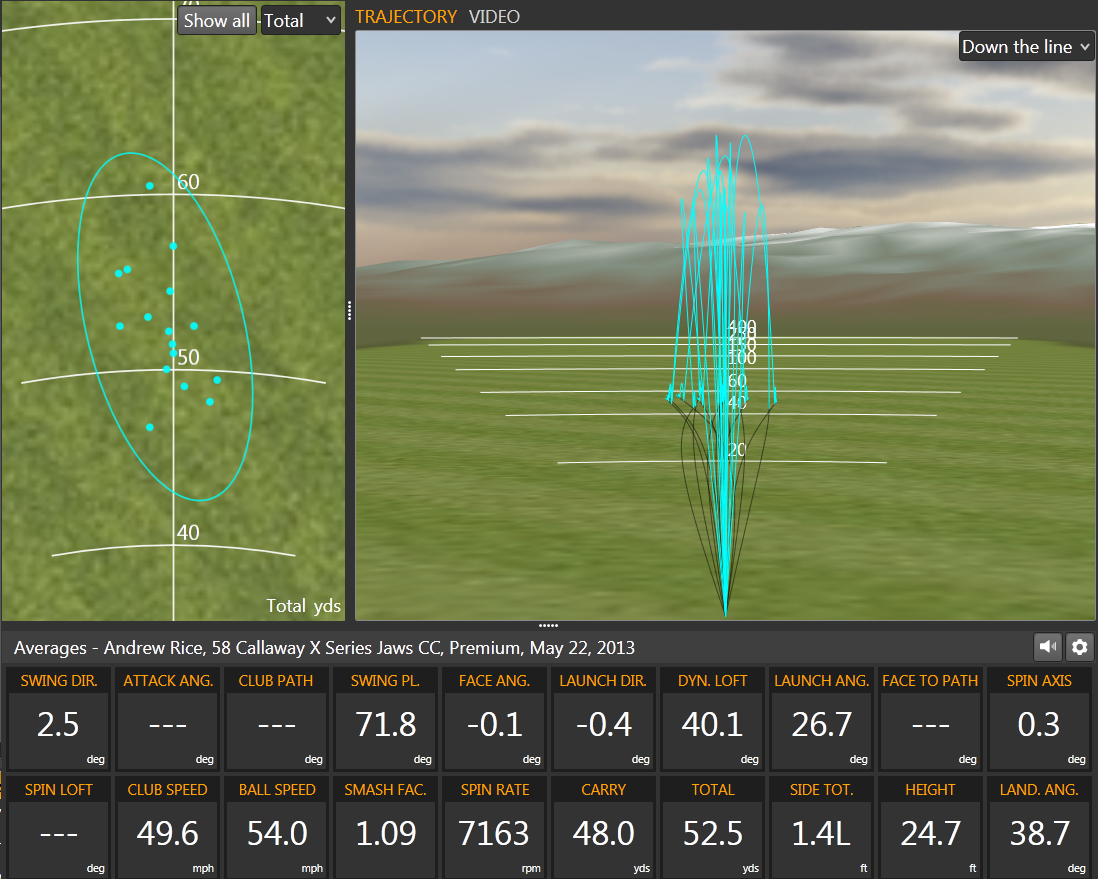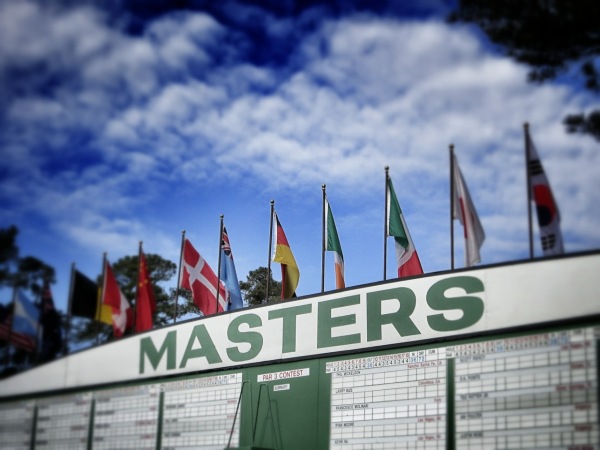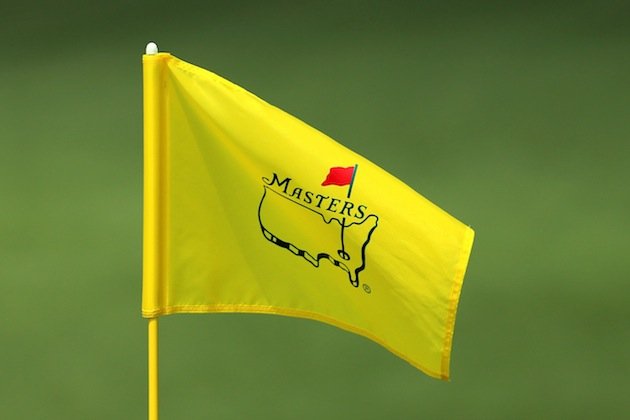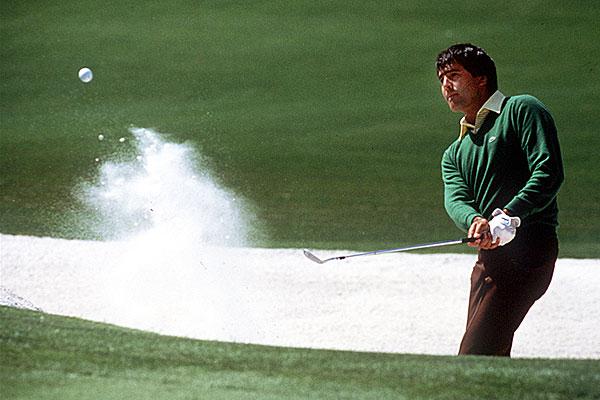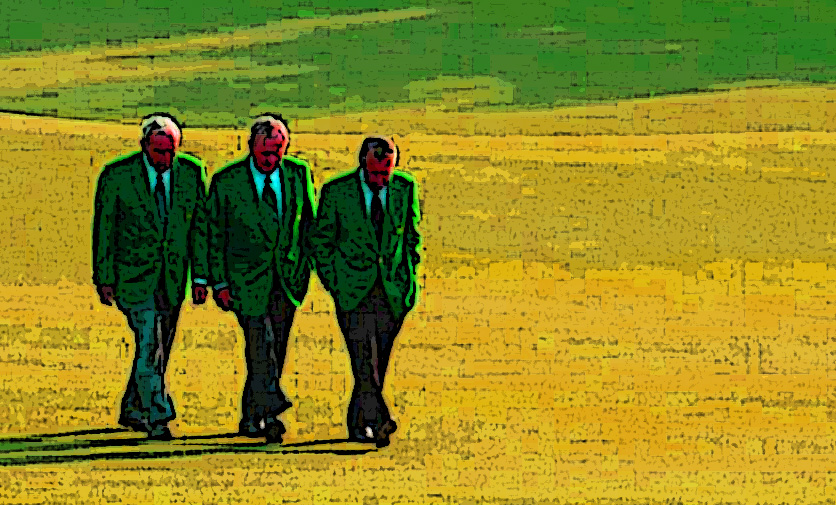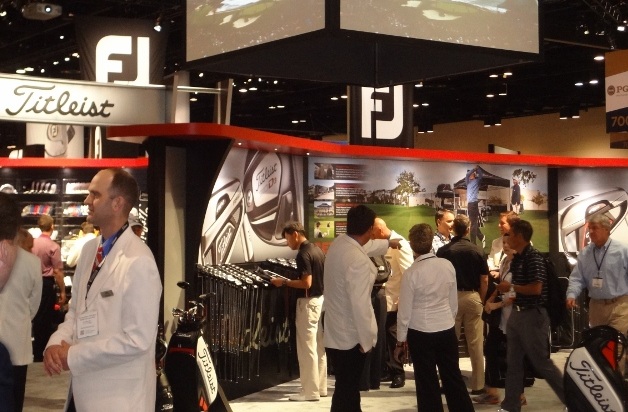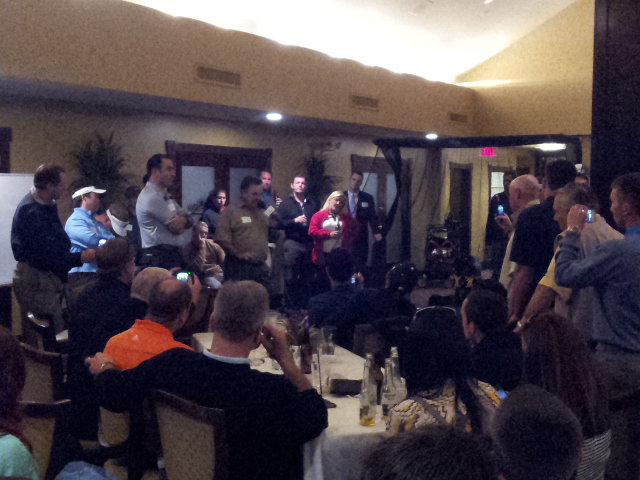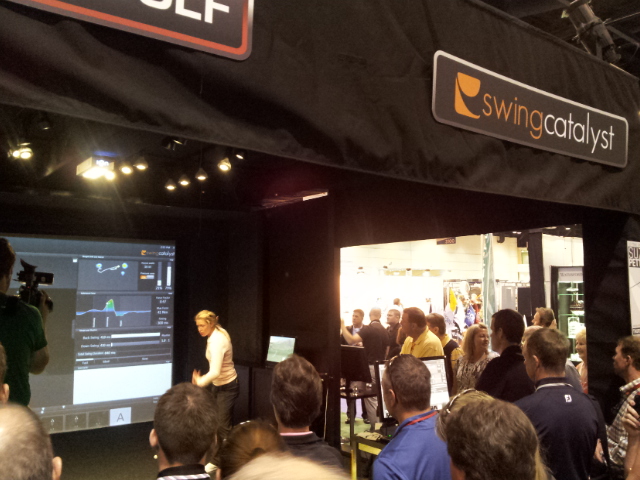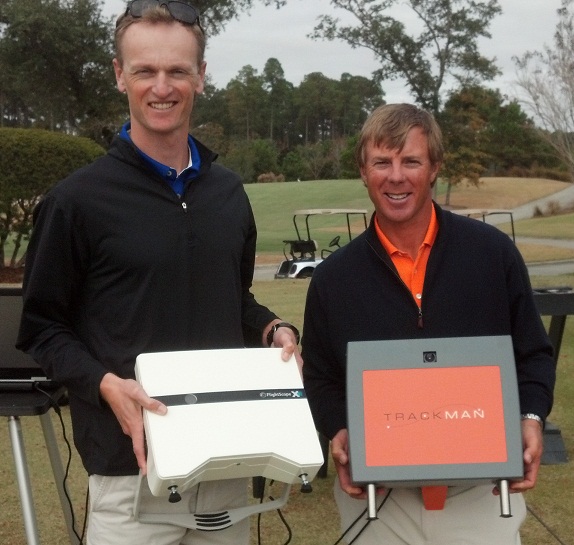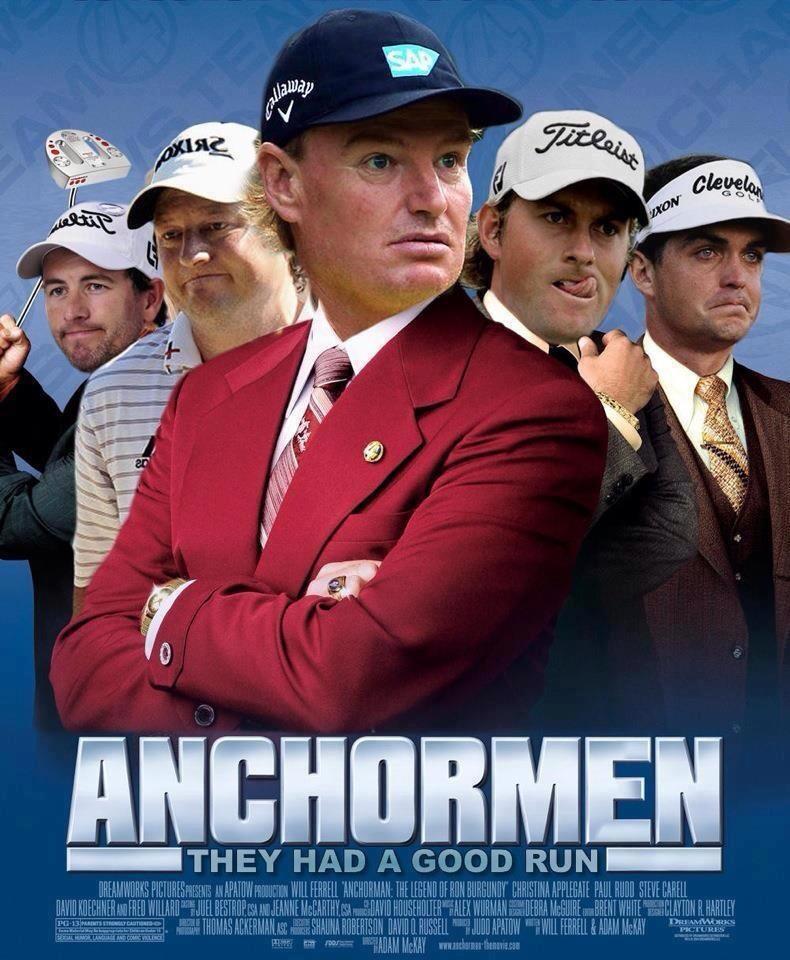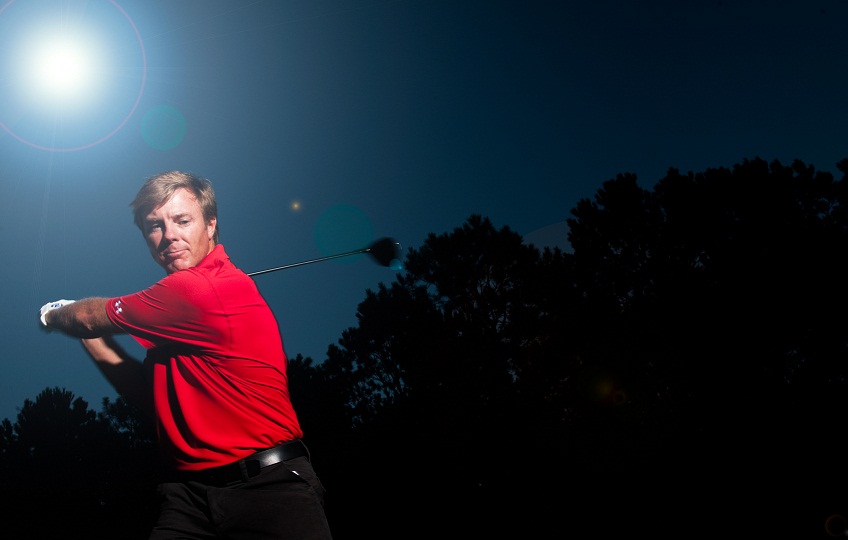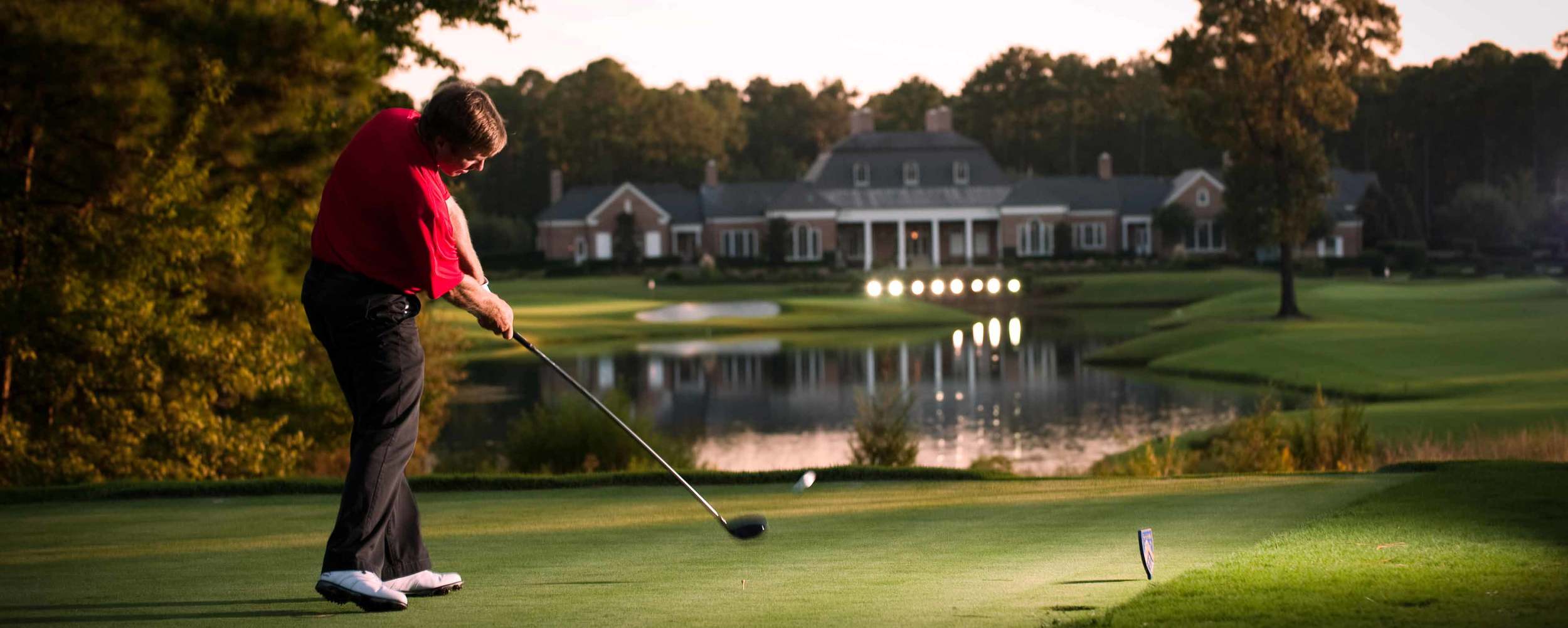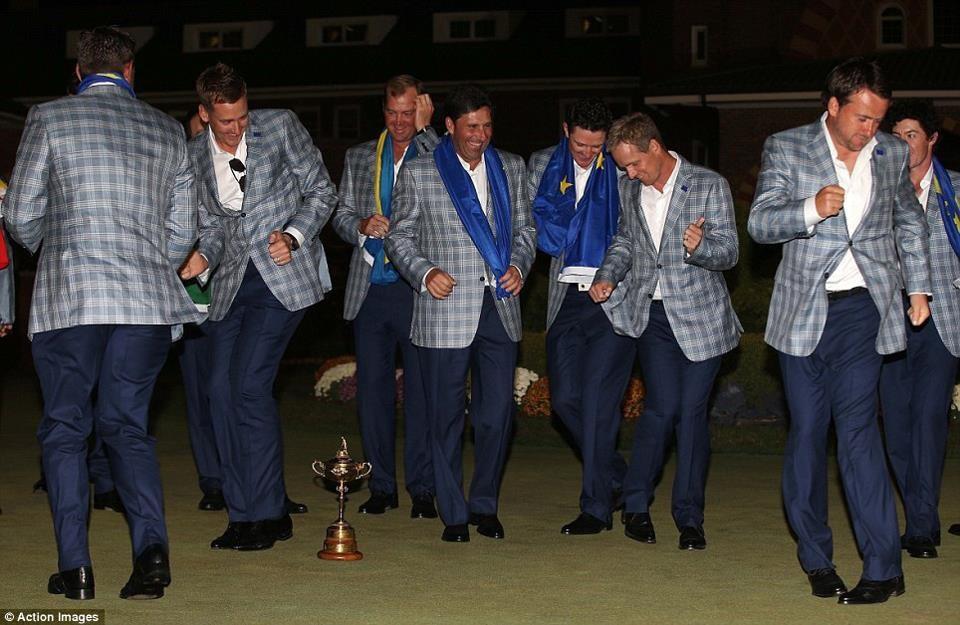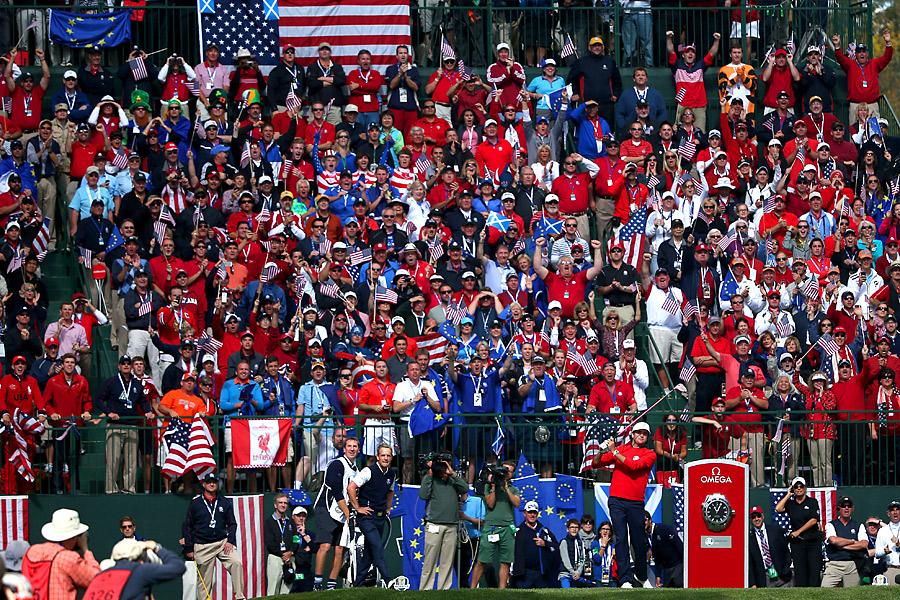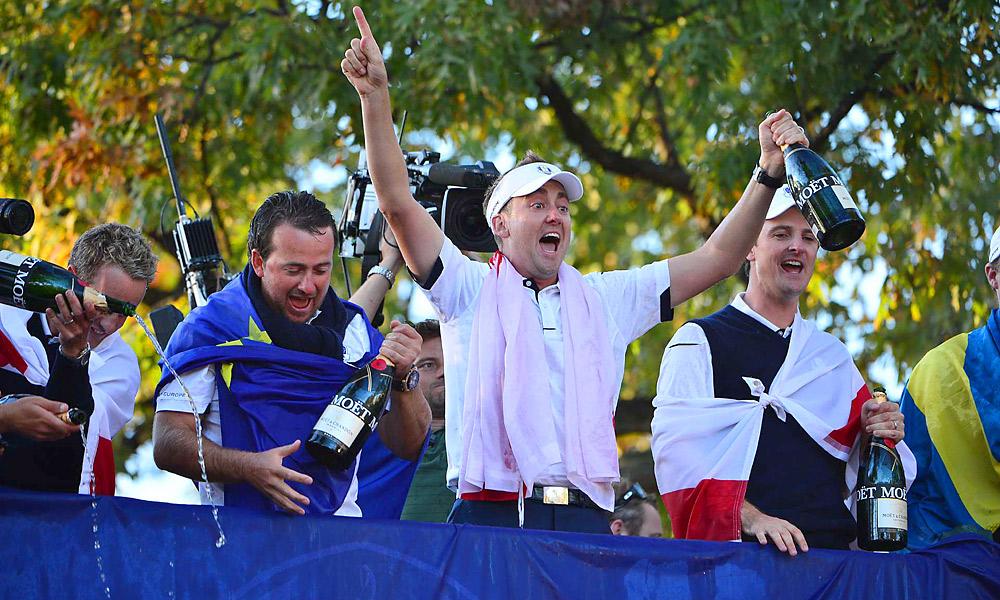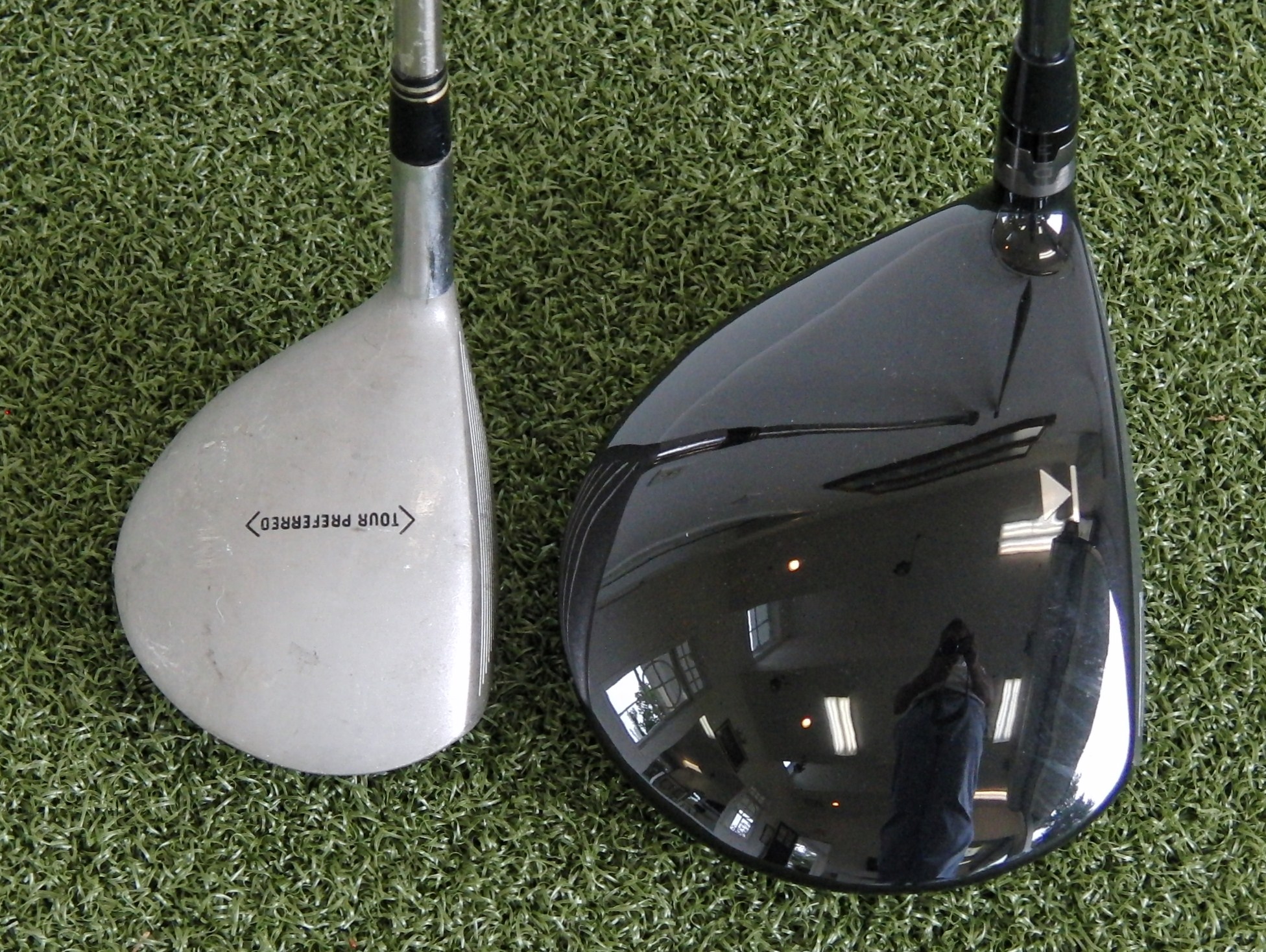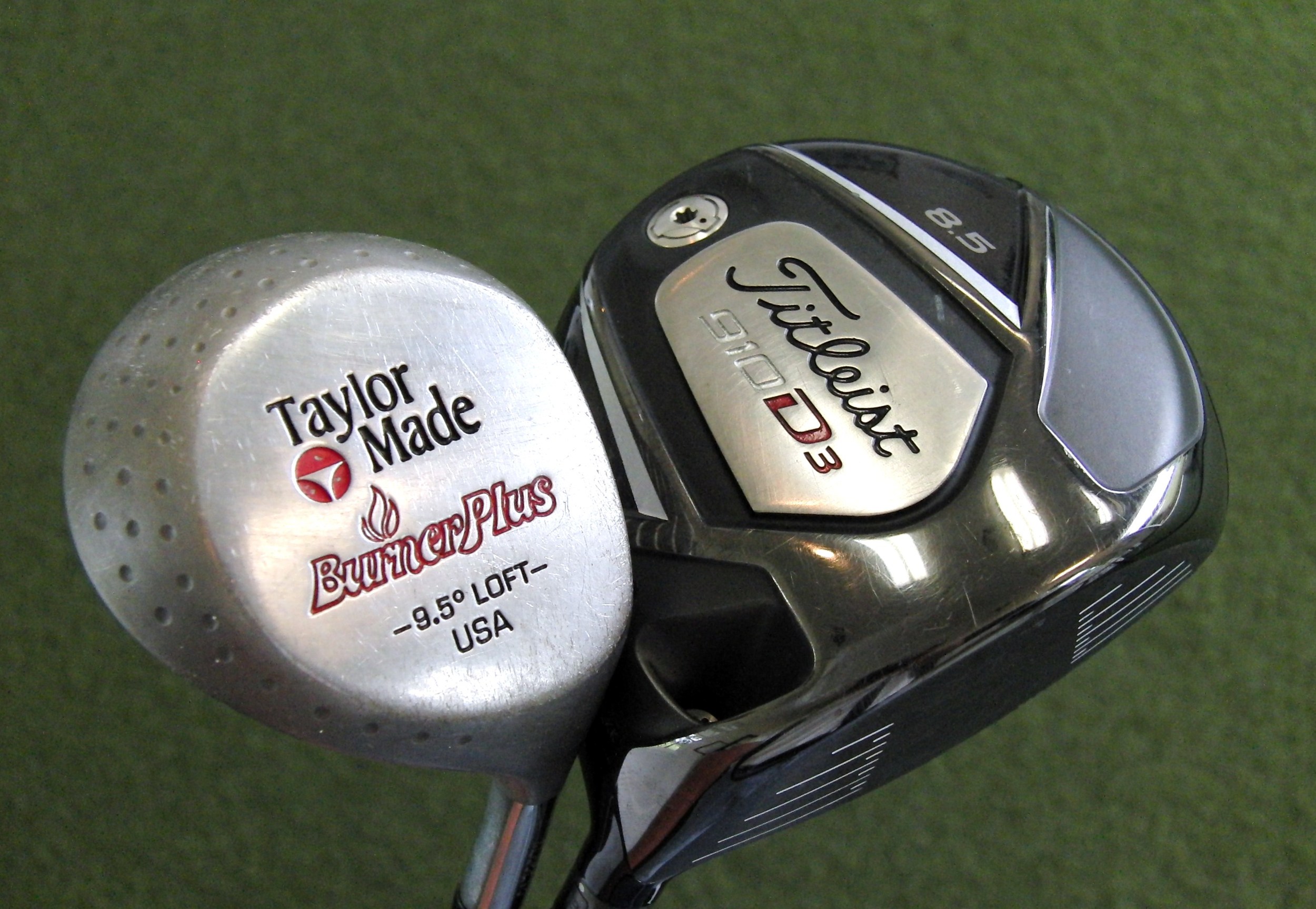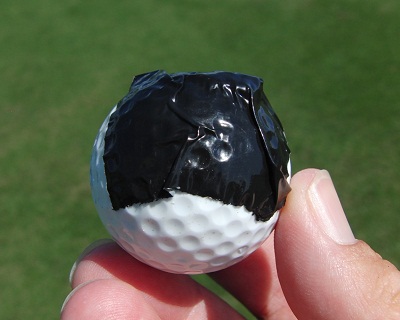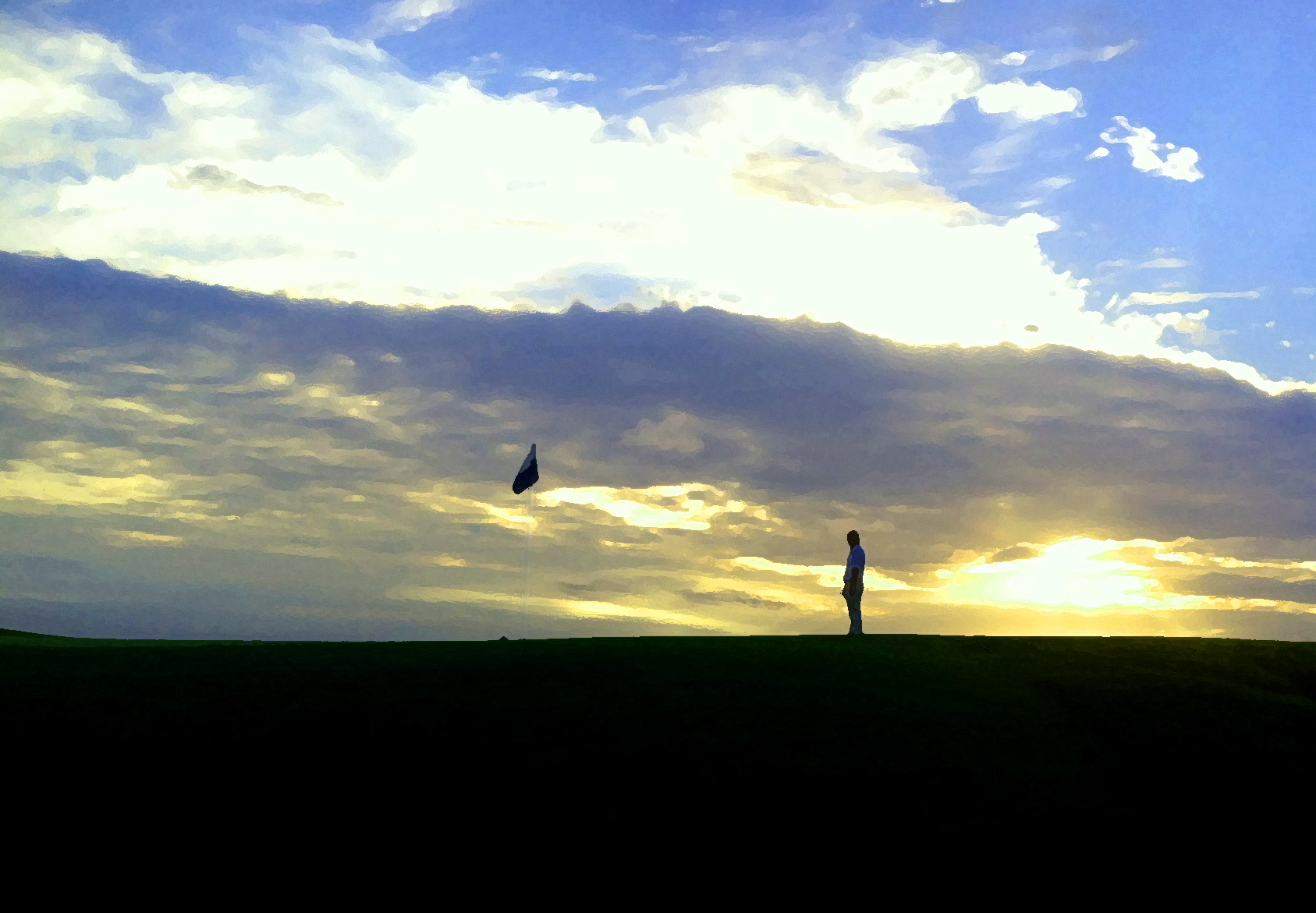Country Music and a Recipe for Success...
/ I recently attended a two day Southern Ground Music and Food Festival in Charleston, SC put on by the Zac Brown Band. Now you may be asking - "What does this have to do with golf or my game?" Stay with me here, because as you will see, there is so much you can learn from successful entities in other industries.
I recently attended a two day Southern Ground Music and Food Festival in Charleston, SC put on by the Zac Brown Band. Now you may be asking - "What does this have to do with golf or my game?" Stay with me here, because as you will see, there is so much you can learn from successful entities in other industries.
I came away from the event inspired about what I needed to do to move forward and how I can do a better job for my students. Here is what I learned:
HARD WORK
In 2013 ZBB will have been on tour from early January through late October. Once the tour is done they will be recording a new album - talk about getting down to it! They always seem to be stretching their abilities by experimenting with new or different genres of music. Lesson - persistently work hard at being the best you possibly can be - every minute of every day!
SUPPORT and EXPERTISE
ZBB is made up of a motley group of supremely gifted artists where each member is exceptionally talented in one or multiple areas. It truly is a case of the sum of the parts is greater than each individual part. Each band member beautifully complements what the others do. Lesson - specialize, but also surround yourself with experts in each field. Don't be afraid to ask for help in areas you might be weak in.
PROFESSIONALISM
The band strives to go above and beyond what one would expect - even above what one would expect from a world class act like they are. Their sets are immaculately planned and nothing seems to be "thrown together". Lesson - be over-prepared! Let your students see that you are ready and excited to help them achieve their goals.
SHARING and MENTORING
ZBB is always open to lending a helping hand to young up and coming bands. The Festival I attended was evidence of this in that most of earlier acts were younger bands being supported by ZBB. They will also often invite artists, both young and old, to perform on stage with them. This is in addition to their album titled "You Get What You Give"! Lesson - go out of your way to help younger teachers and golfers. It costs you nothing!
GRATITUDE
I have been fortunate to see the band perform a few times now and they are always very thankful for all the people who allow them to be successful at what they do. Lesson - always let your clientele know how thankful you are for their support and business.
You might think I'm crazy (and there's a good chance you're right!) but I took all that from a concert put on by an exceptional country music band! What can you take from this information? And how can it benefit what you do in golf?



